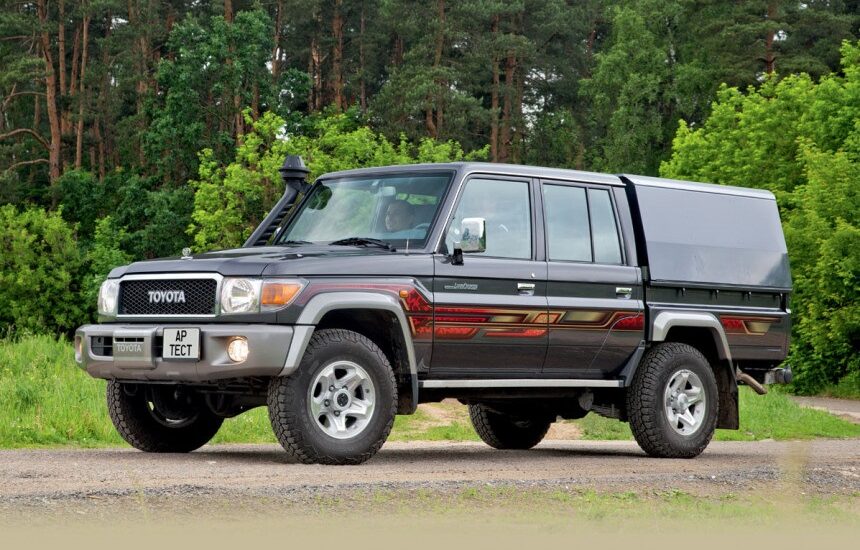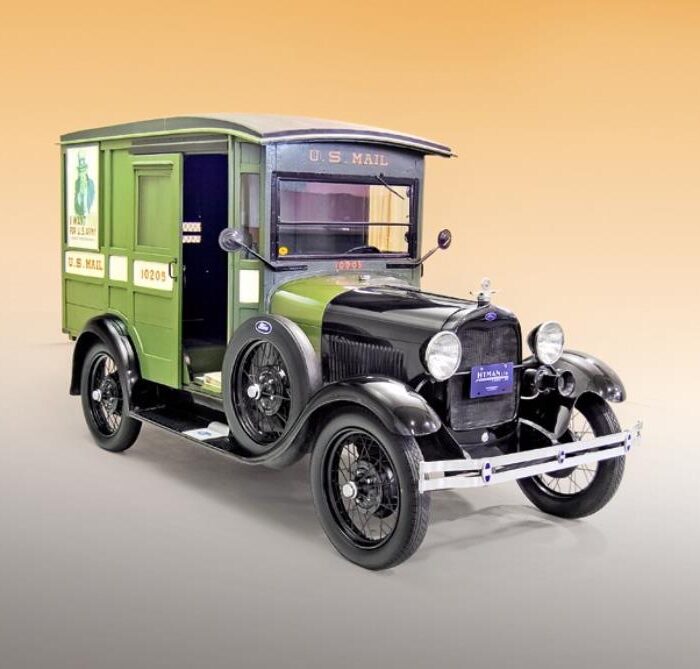The Toyota Land Cruiser 70 has never been featured in Autoru’s tests, as this vehicle was never officially sold in Russia. Our reader, Pavel, decided to rectify this oversight by offering us a ride in his 2021 pickup, imported into the country through unofficial channels. To say I enjoyed driving this new old car would be an understatement; the experience was thrilling!
This year, the Toyota Land Cruiser 70 celebrates a milestone—40 years in production! Competitors like Hunter and Niva may scoff, but for Toyota, this is a significant tenure. Over the years, these vehicles have been produced in Colombia, Venezuela, Bangladesh, Kenya, and Portugal, but the main production has always been in Japan, where it continues to this day.
The very existence of such a vehicle in 2024 is remarkable, given that newer Land Cruiser models like the 80 and 100 have permanently left the market, while the ’70’ still confidently remains. Its sales geography is peculiar: officially, you can buy such a Toyota in Africa, South America, Australia, and all the oil-rich countries of the Middle East. In equatorial regions, its operational and utilitarian qualities are especially valued (the Troop Carrier version is still considered the best vehicle for safaris), while its popularity in other markets is more about style and the infamous brand loyalty.
Masaomi Yoshii, the chief designer who in the mid-1970s was tasked with designing the Land Cruiser 70, faced a challenging task. He needed to create a vehicle that would be a worthy successor to the aging but very successful and robust Land Cruiser 40—known for its durability but cramped and conditionally comfortable. Thus, the ’70’ was designed with generous dimensions and significantly improved visibility and cabin space through large glass areas. Its positioning in the model lineup as Heavy Duty required maintaining a high durability of components.
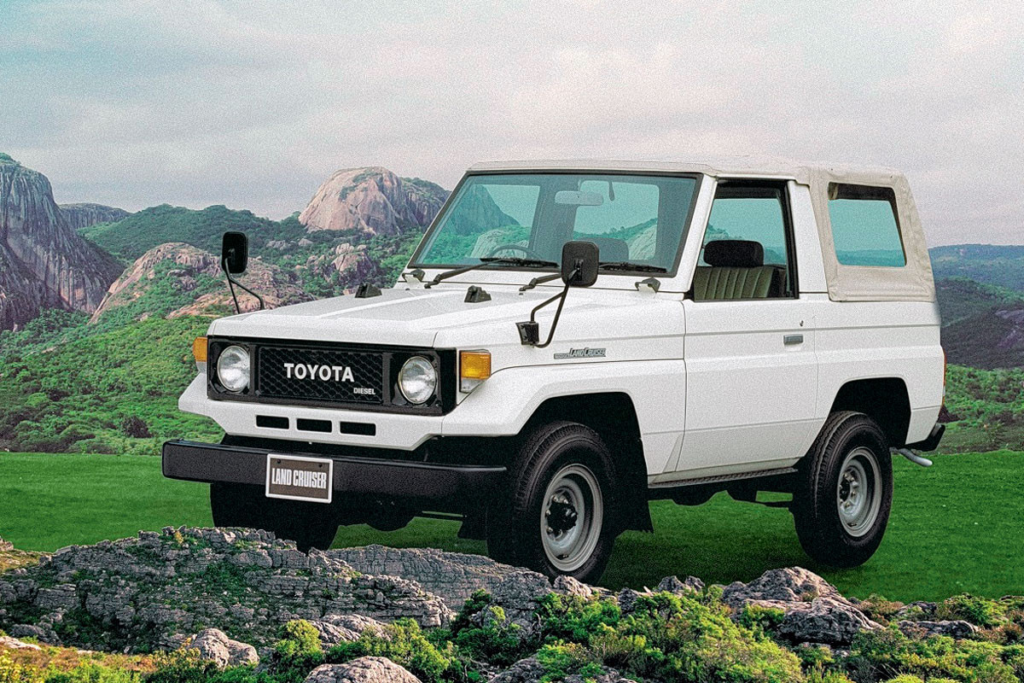
The chief designer took no risks and employed proven technical solutions familiar from the ’40’ series—this included a ladder frame with a closed section, solid axles, a dependent spring suspension for all wheels, and a part-time transmission. Initially, even the engines were somewhat antiquated, featuring gear-driven valve trains and mechanical fuel systems!
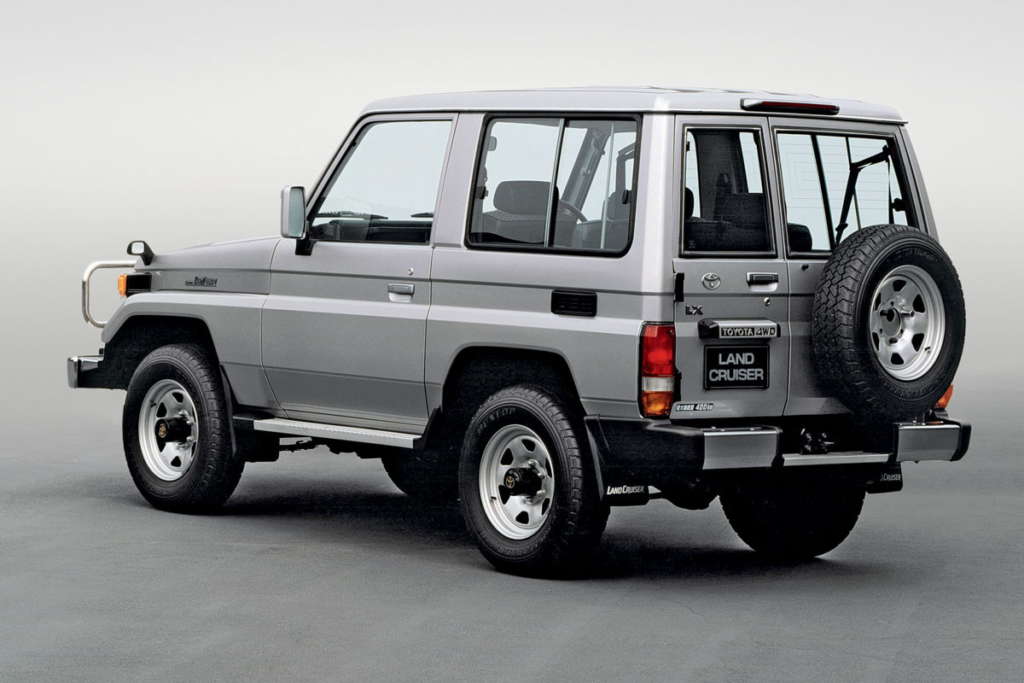
Over its forty-year history, the ’70’ has seen about fifteen different engines under its hood—petrol and diesel, familiar and exotic. For instance, some vehicles assembled in Portugal for the South African market were equipped with Atlantis diesel engines made in South Africa, while in Portugal and neighboring Italy, Cruisers were sold with five-cylinder diesel engines from VM Motori.
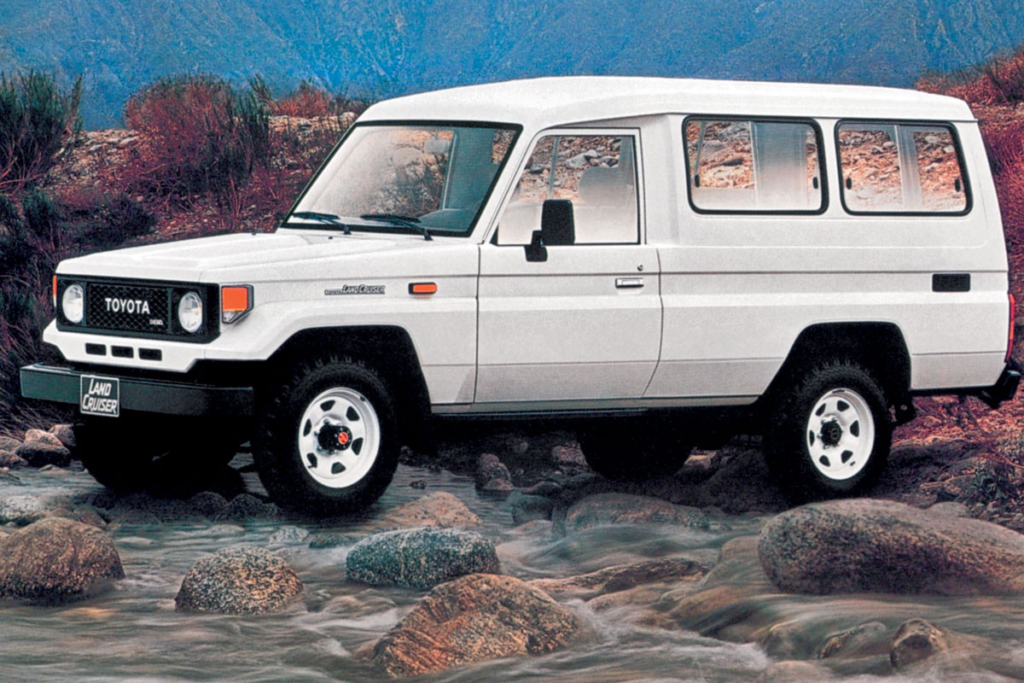
The Troop Carrier version has a rear compartment with benches along the sides that can accommodate eight passengers.
At the start of sales in 1984, marketers went all-in, offering buyers a range of modifications: five wheelbase options, open and enclosed bodies, passenger vehicles, and bare chassis intended for installation of various equipment. Notably, all modifications had uniform door openings and panels—a testament to standardization!
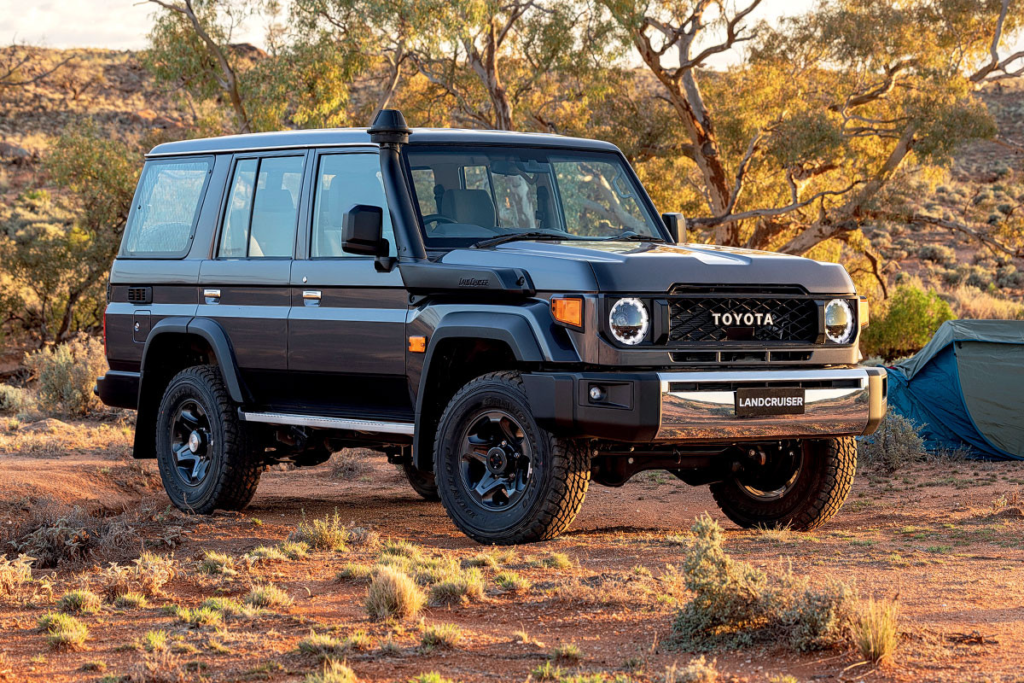
Pickups on the ’70’ chassis were made right from the start, but initially, these were only vehicles with a single-row cab and a large cargo ‘box.’ The four-door version emerged much later—in 2012. It was such a pickup, a Toyota Land Cruiser 79, that Pavel bought in 2021 for 5.5 million rubles. It was made in Japan but was originally intended for the Emirates market, as indicated by the aesthetically questionable appliqué on the body sides, an excessive amount of chrome, and a ‘sight’ on the hood.
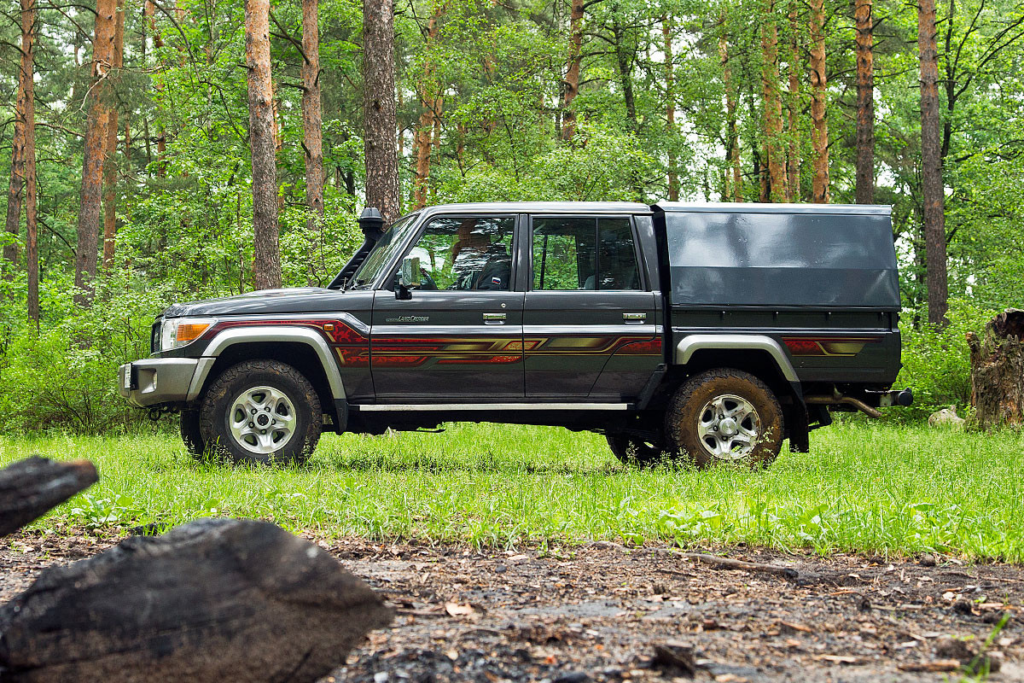
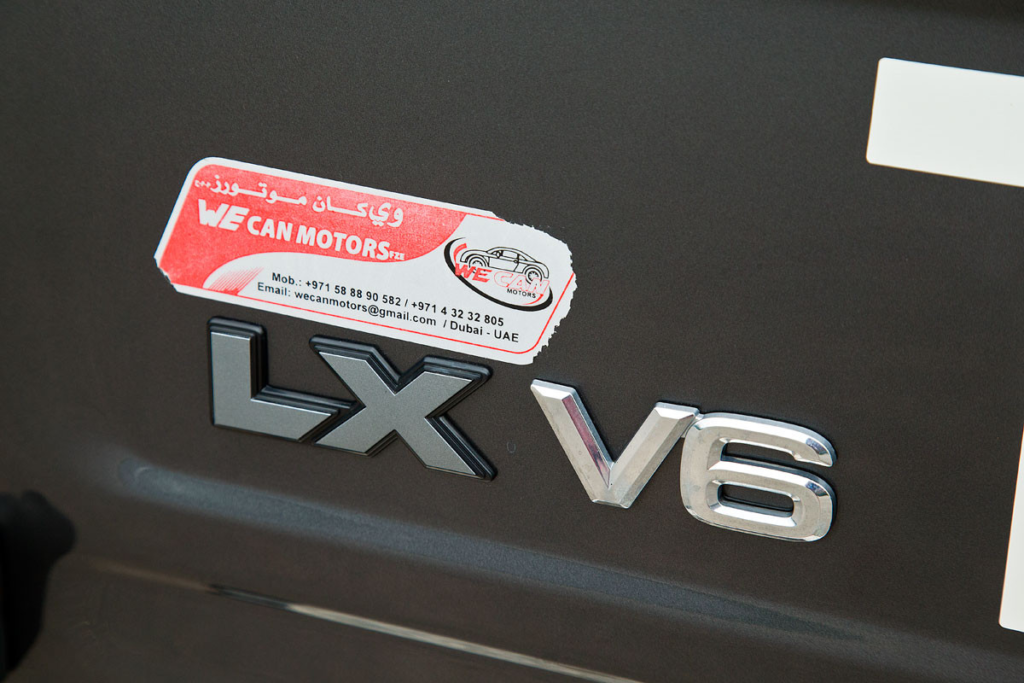
The truck is incredibly stylish and looks like a vehicle from a past life: you look at it and feel about thirty years younger. In these times, when cars are chosen based on the size of the head unit’s screen, such a purchase is a bold and unconventional act. But Pavel, whose automotive biography includes an old Land Rover, a Mitsubishi L200, and a Pajero Sport, says he chose wisely, with a cool head. He just took a long time to prepare his wife for this choice. Understandable!
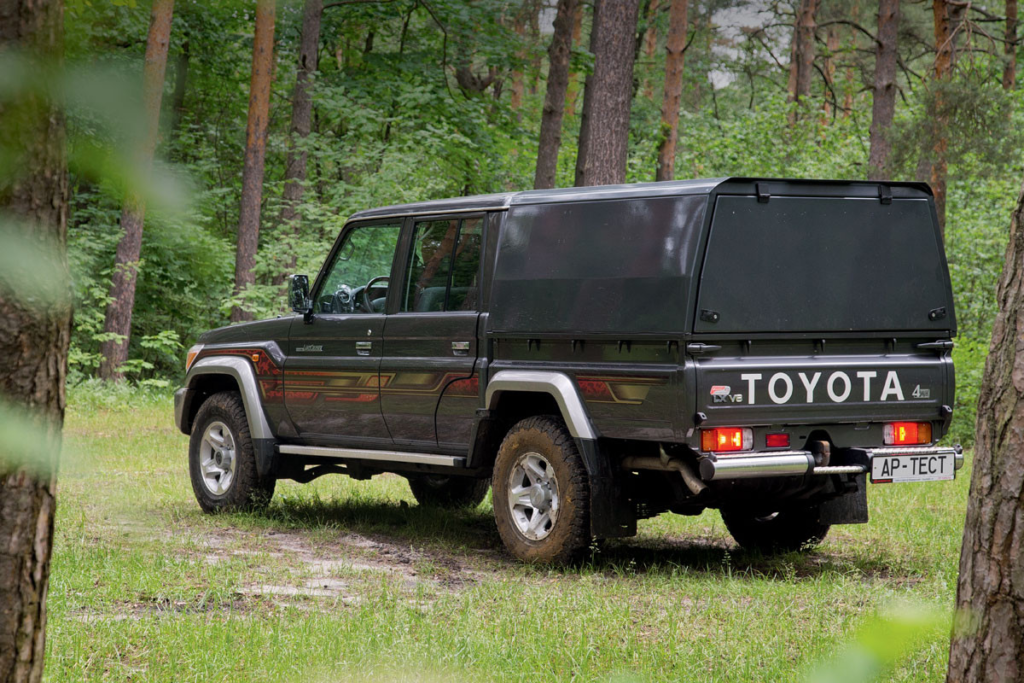
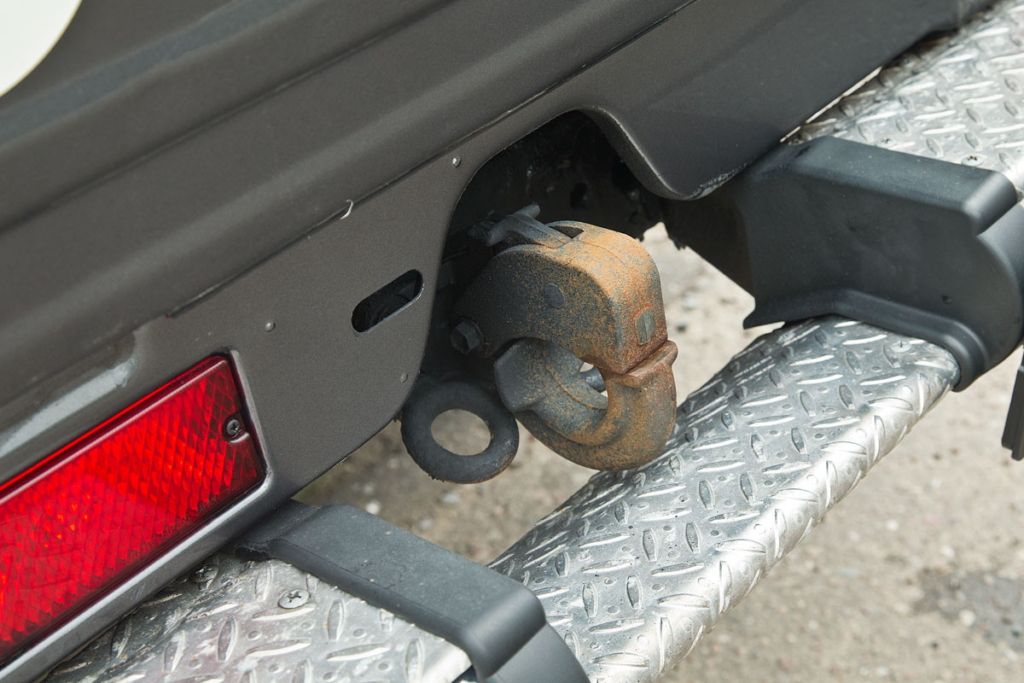
And the aesthetics of the retro cabin! With ‘wood’ plastic and touching velour on the seats. There’s a cup holder, a microscopic glove compartment, and a small armrest. When you slide the horizontal slider to adjust the microclimate, you tactically feel the flaps closing inside. Nostalgic bliss! The air conditioning works wonderfully in summer, but not so great in winter: Pavel complains that although the fan blows warm air reliably, the airflow somehow mixes unevenly, selectively heating the cabin. And there’s a draft from the door frames.
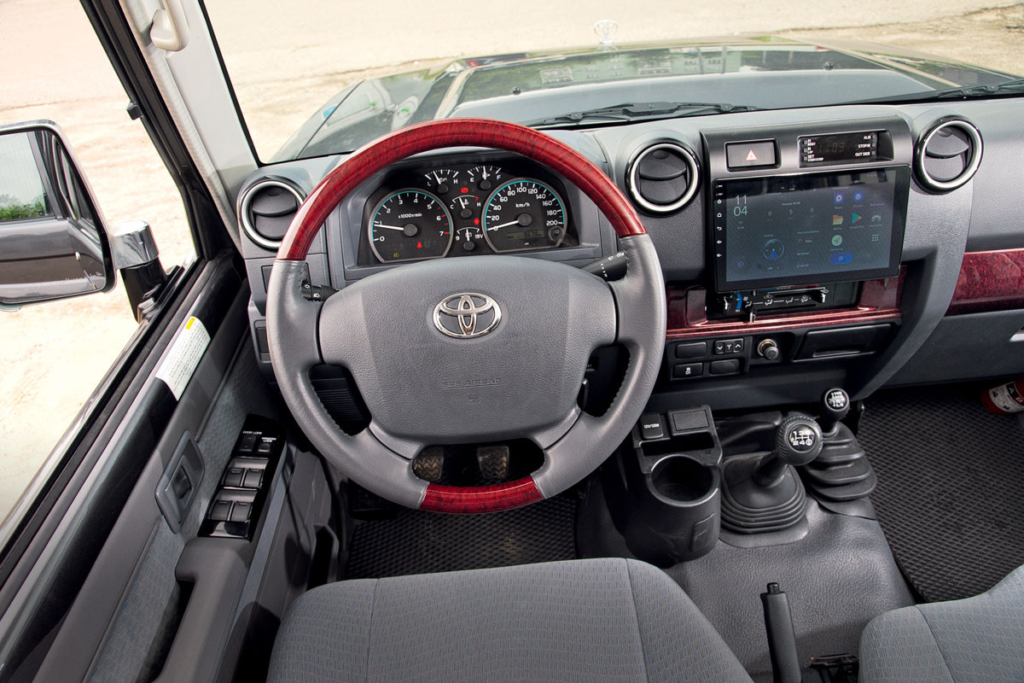
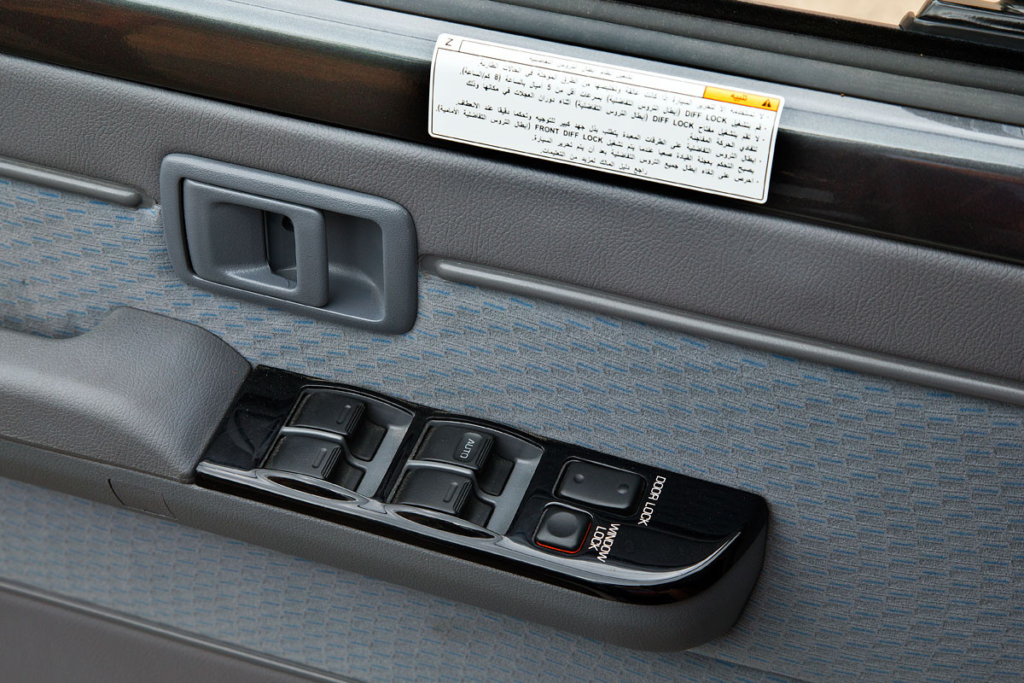
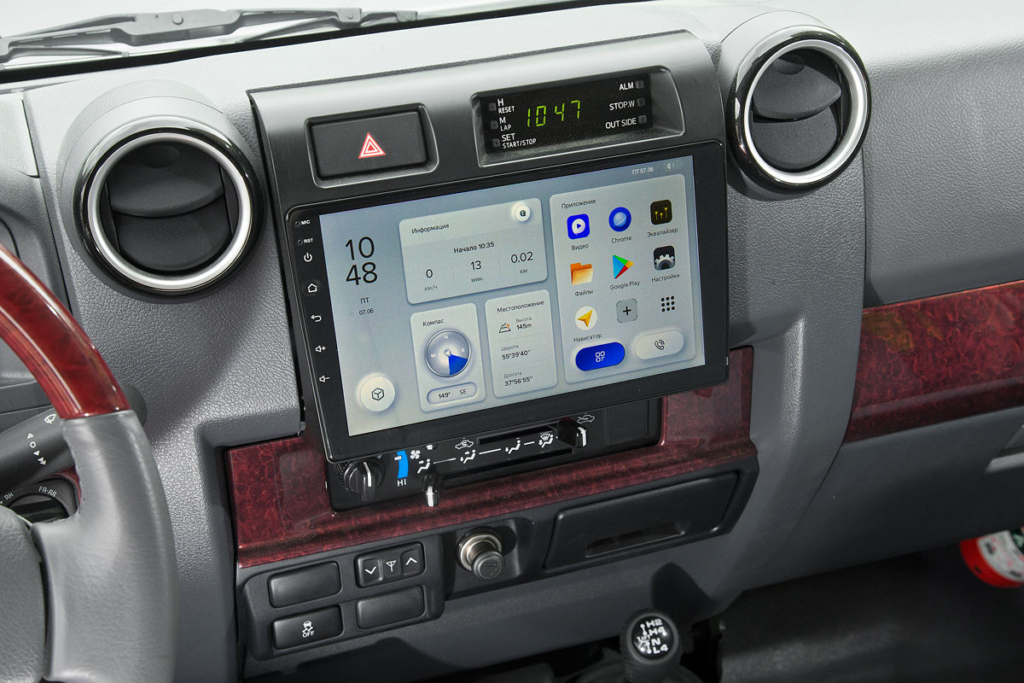
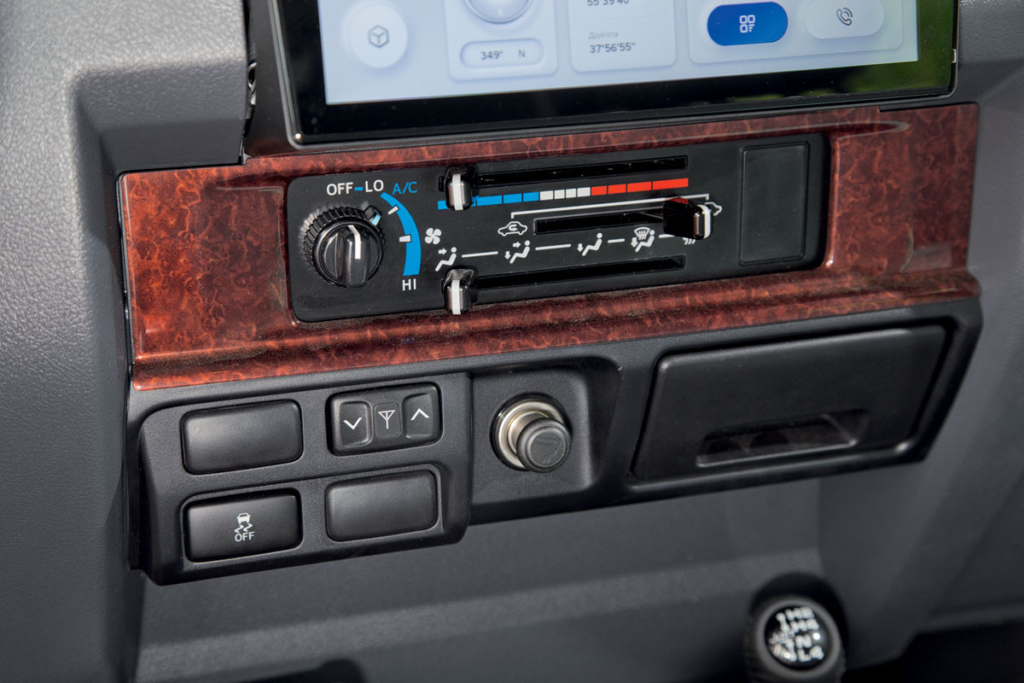
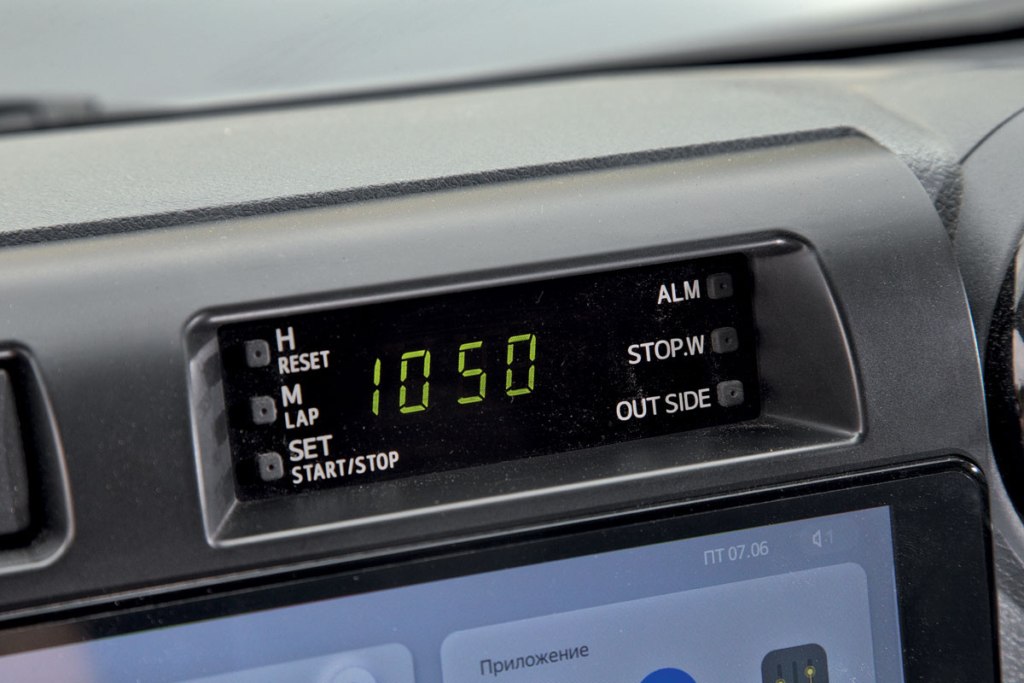
Sitting behind the wheel of this Toyota, I felt like I was climbing into a museum exhibit. Fabulous visibility, a towering command seating position—and unexpectedly ample space between the left shoulder and the door. I note that in Mitsubishi and Land Rover off-roaders from those years, the door ‘presses’ more, and in some models like the G-class, it’s quite easy to hit your elbow. Overall, if you compare the ergonomics of the driver’s seat with past and contemporary commercial vehicles, I think the ’70’ would not lose much. If at all.
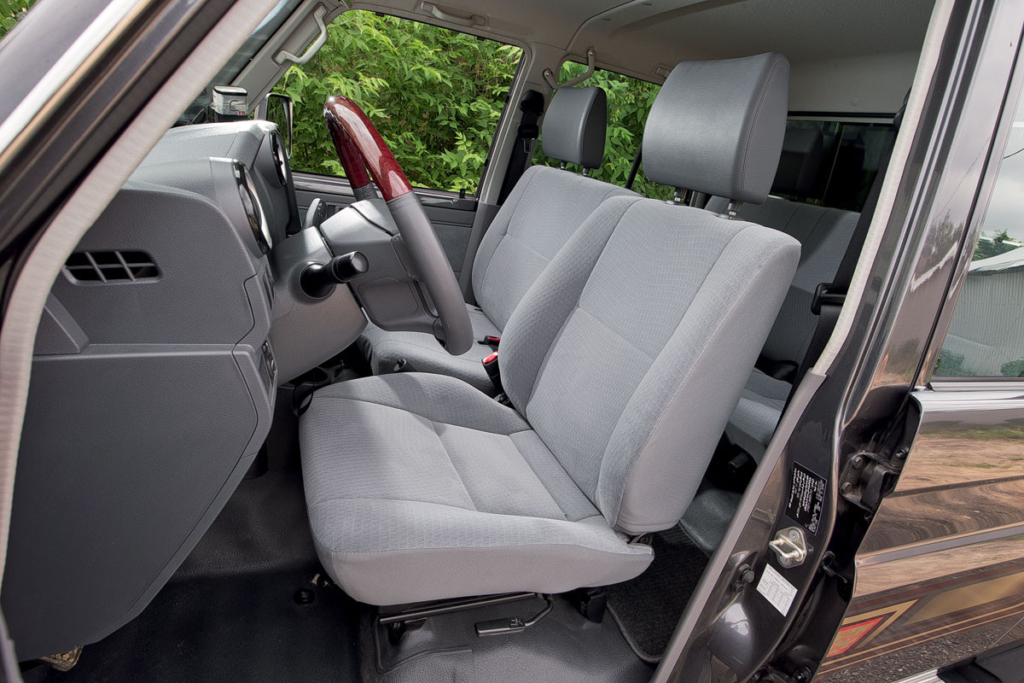
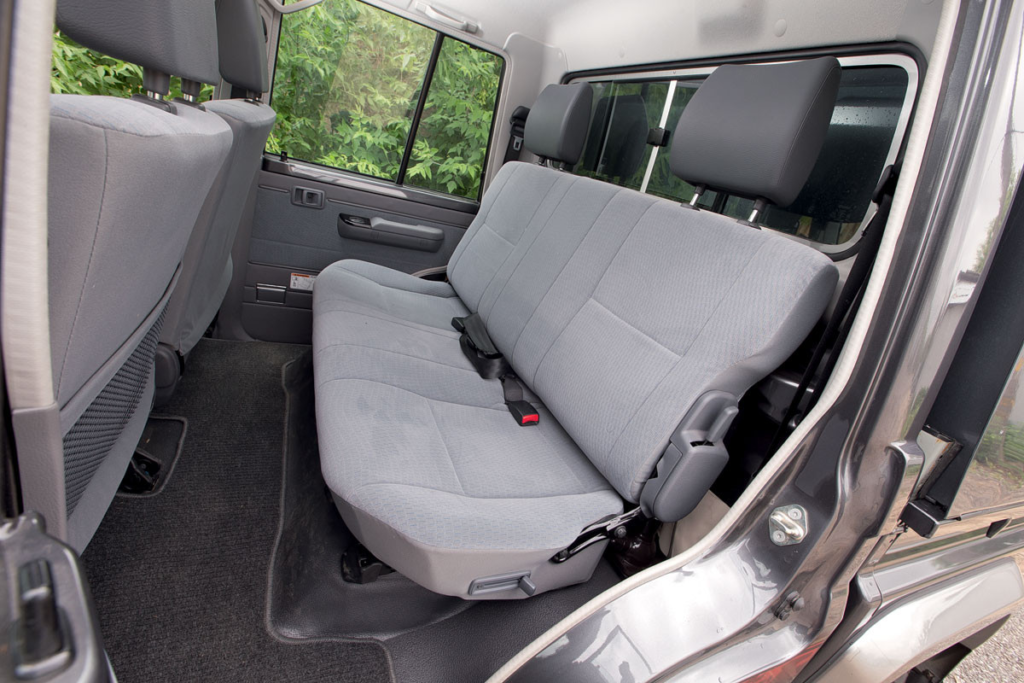
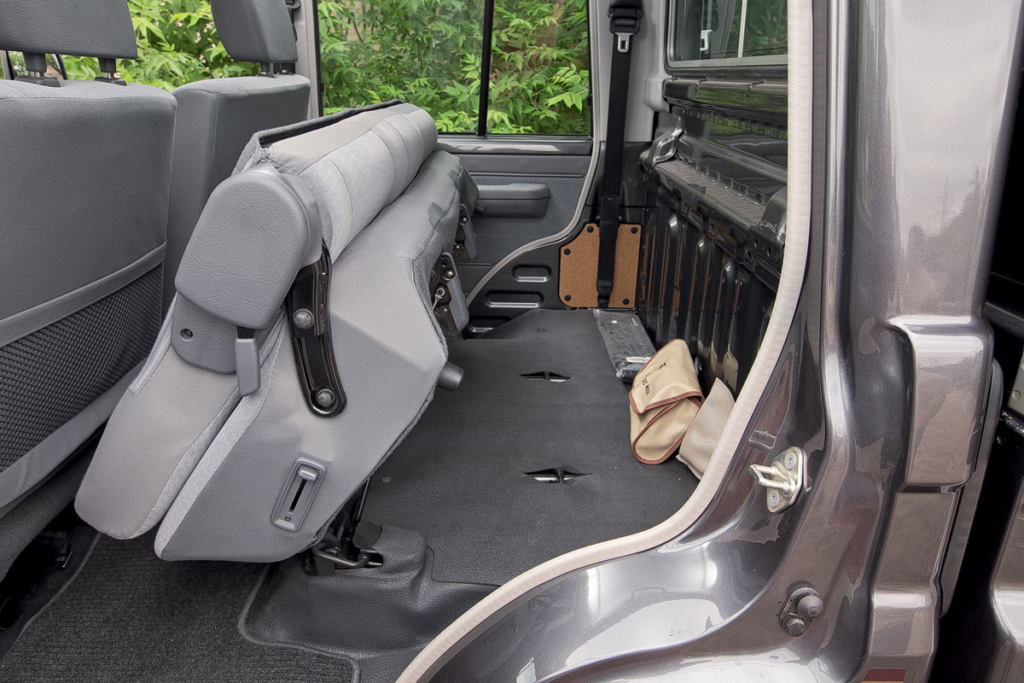
Under the hood of this pickup is a 1GR-FE gasoline engine (V6, 4.0 liters) that develops 221 hp and 351 Nm in the snorkel-equipped version. These engines started to be installed on the ’70s’ in 2009, featuring distributed injection and even a VVT-i system with a cam phaser on the intake. The transmission is a classic part-time with a rigidly connectable front axle (no central differential) and a reduction gear.
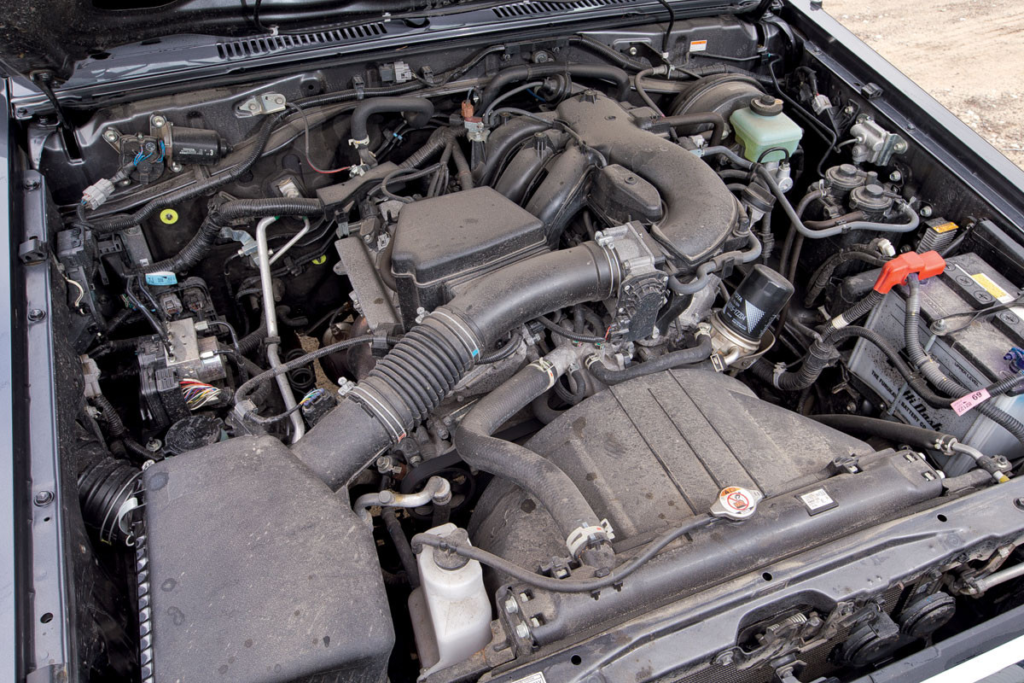
Control of this system is via a separate lever, although the ’70’ family also used button-controlled four-wheel drive, allowing the driver to sequentially engage the hubs and then the front axle.
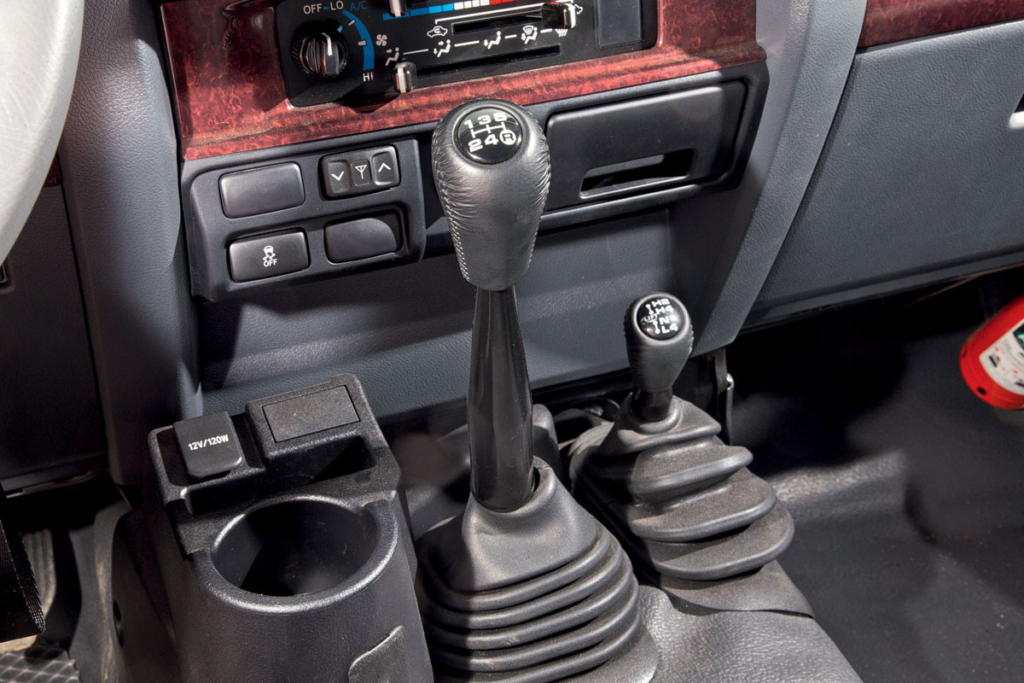
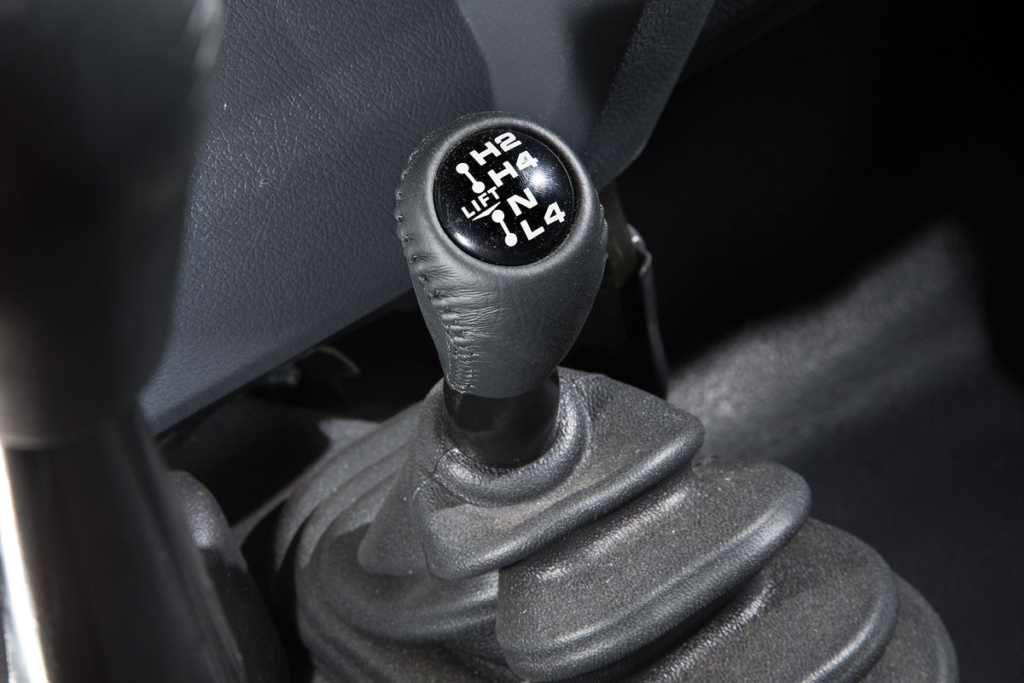
The free-wheeling hub couplings also varied in design—the specific execution depended on the modification, year of manufacture, and market specification of the vehicle, and some versions had fixed hubs, i.e., without couplings. Pavel’s vehicle has mechanical ‘hubs’ that engage when torque is transmitted. To disengage them, one must stop, shift the transmission lever to 2H, and reverse a few meters. If you don’t want to bother with this, it’s permissible to keep the hubs permanently engaged, but then the front driveshaft and the secondary shaft of the transfer case will always be rotating. What’s the correct approach? Fans of the ’70s’ have been debating this for forty years!
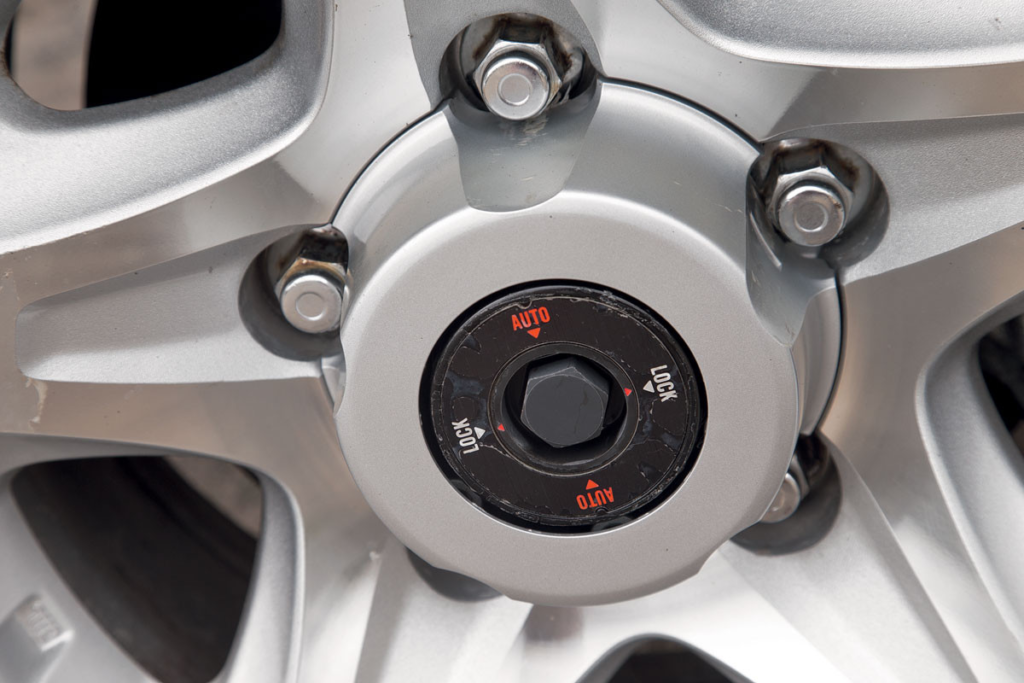
The front wheel hubs have mechanical overrunning clutches. And the wheels are secured with five nuts. On cars produced before 1999, there were six of them.
And the icing on the cake — a pair of fully rigid inter-wheel lockers. They are operated tactilely by an ergonomically ideal joystick to the right of the steering wheel, equipped with a “foolproof” feature: the front locker can only be engaged after the rear one, and conversely, the rear cannot be disengaged while leaving the front locked. This is for safety in all its manifestations.
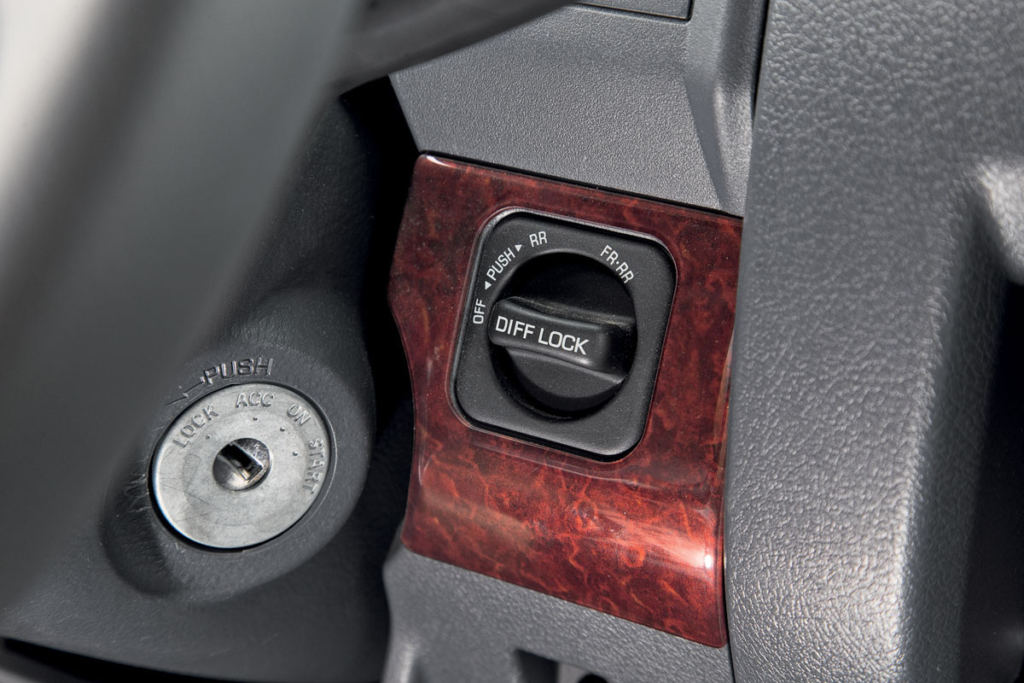
The most vivid driving impressions were left by the super-elastic gasoline “six”—a remarkably compliant engine! The vehicle confidently starts moving from as low as 1000 rpm, so there’s no need to push the tachometer needle into the red. The engine gains revs with a deliberate sophistication and a bassy breathing sound many adore. If needed, it can certainly sprint. The gear ratios of the five-speed manual are close to ideal, and even with hurried, sloppy shifts, you never fall out of the ‘juicy’ torque zone. How delightful! But the fuel consumption is problematic: even during relatively calm highway driving, the Land Cruiser 79 consumes significantly more than the official standard—about 17 liters of 92-octane fuel per 100 kilometers. However, it does have a large tank—130 liters.
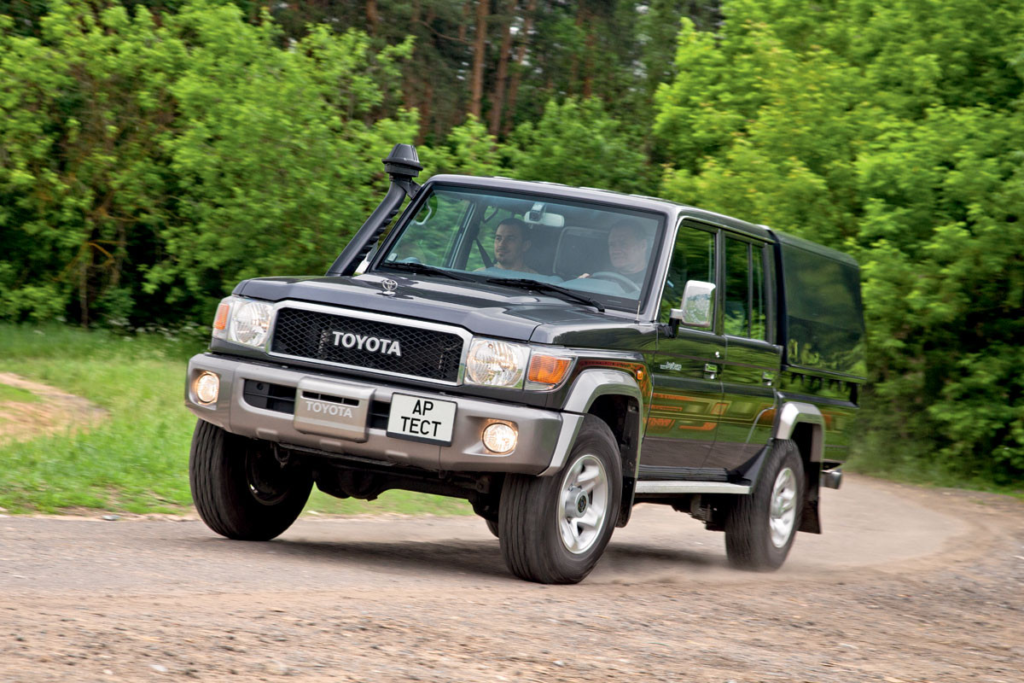
The ’70’ series introduced a front coil spring suspension in 1999, but it still features traditional leaf springs at the rear—with Toyota’s typical lower attachment of the spring pack to the axle beam. This setup is not considered the best for off-roading (the springs and their hangers catch on the terrain), but it lowers the center of mass and minimizes loading height. Moreover, the lower attachment allows for a longer main leaf, which ensures better ride smoothness and axle articulation.
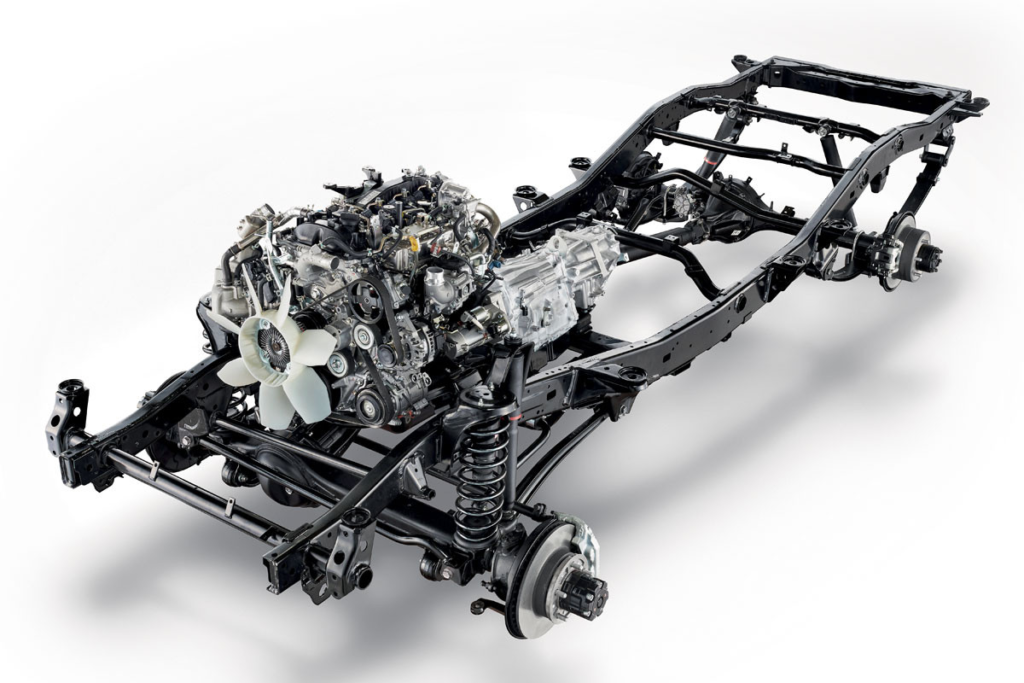
The ride smoothness of this vehicle is superior to most modern pickups. This is evident over all types of irregularities, benefiting from the long leaf springs and a solid wheelbase of 3180 mm. This same wheelbase, coupled with small steering angles and a very ‘long’ steering gear (more than four turns from lock to lock), greatly limits maneuverability—something to consider. Before venturing into a cul-de-sac, think twice or do a foot reconnaissance. I speak from experience because I got lazy—and the Land Cruiser got stuck. The right rear wheel fell into a hole, while both front wheels hit a high dirt ridge.
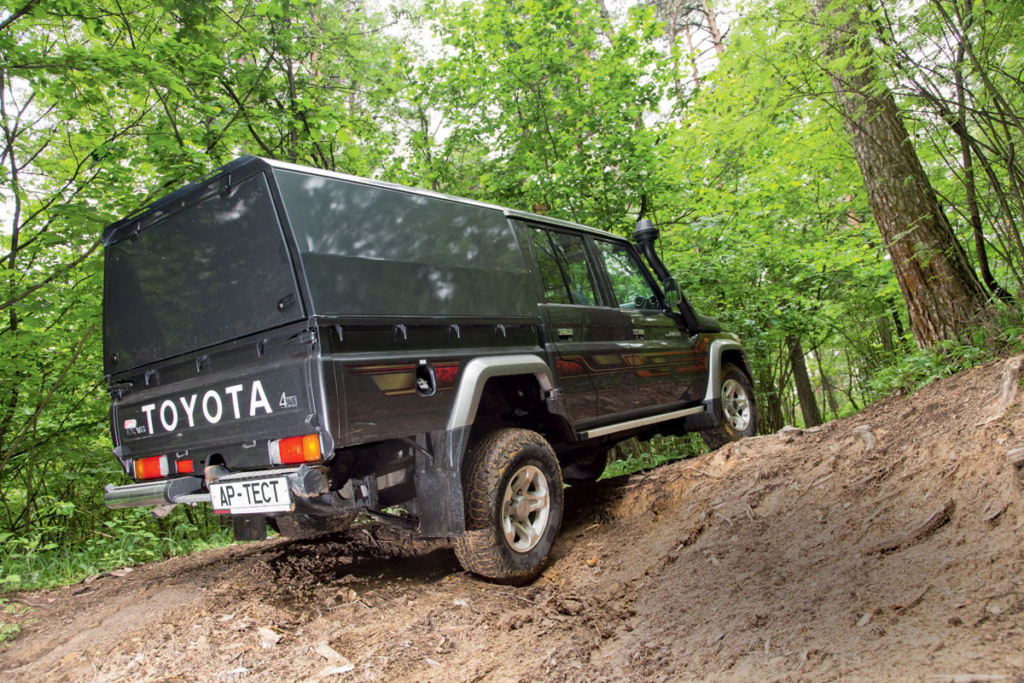
The most sensible decision in such a scenario would be to reverse out, and I admit, I only moved forward out of pure curiosity. First, I engaged the rear locker—the pickup pressed its front even harder against the ridge and got stuck. Then I locked the front differential, gently touched the accelerator, and—goodness gracious!—seemly grabbing onto nothing, the vehicle confidently climbed out. I’m not sure how modern “digital” off-roaders would behave in a similar situation, but I fear that even the most advanced among them would likely be let down by their body geometry.

Interestingly, the Toyota Land Cruiser 79 does have some electronics. It features a disengageable stability system and an anti-slip system that simulates “soft” inter-wheel locks, working excellently off-road, even when driving in rear-wheel drive. But when you engage the low range, all electronics go to sleep—and the Land Cruiser becomes fully “analog.” It was surprising that the Nokian Outpost AT-pattern tires proved to be quite grippy: the pickup not only confidently plowed through mud longitudinally but also made successful attempts to climb out of a muddy rut.

However, I won’t idealize this vehicle. I’ll just say that I’m drawn to the Land Cruiser 70 series for its structural simplicity and ideological stubbornness. No update or change in its design has ever contradicted the canons of the classic off-road school! For this reason, I believe, it is loved—maintained in garages and modified into highly capable machines for trophy raids.
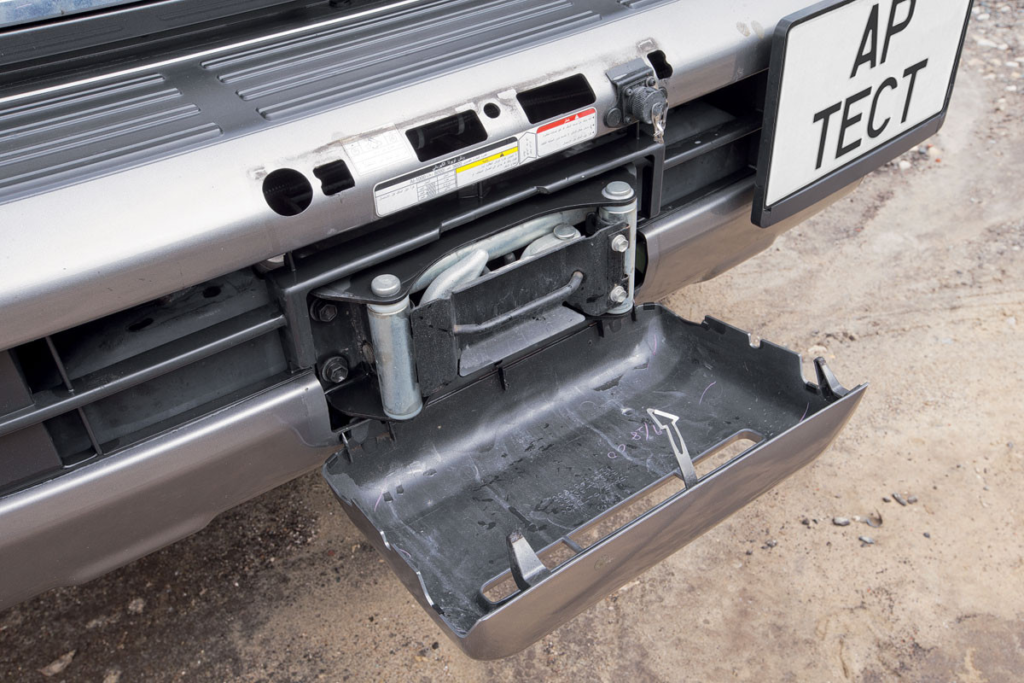
And the ’70’ series still has a future! In 2016, its passive safety was upgraded, earning it a maximum five stars in the Australian ANCAP crash test. Last year, it underwent a major modernization, and there are even plans for a mild-hybrid version—for those markets where environmental regulations are tightening even on commercial transport.
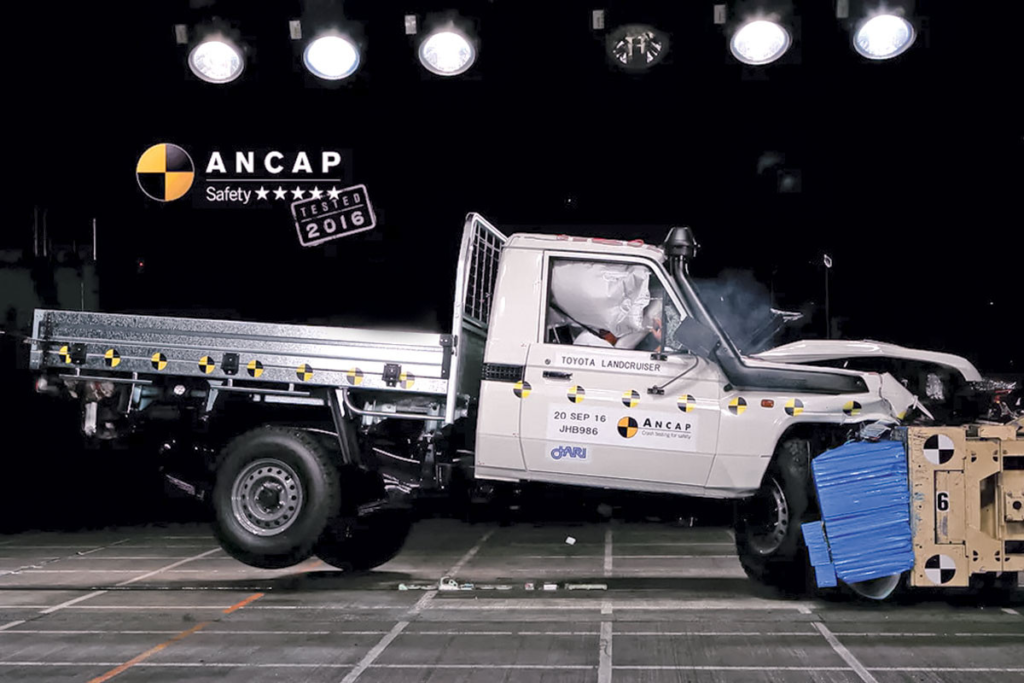
Speaking of crash tests. The Toyota Land Cruiser 70 was involved in one of the most tragically comical accidents I’ve ever witnessed. It happened in winter at Lake Baikal, in the delta of the Selenga River. Emerging from tall reeds, I saw the aftermath of a paradoxical crash. There was an incredibly well-maintained but now damaged Toyota Land Cruiser 70, decked out in posh off-road tuning, and a badly wrecked brand-new Oka—still with dealership plastic on the seats. The fatal “bang” on the bare ice, apparently, was due to mutual fault, but how the drivers managed to meet each other at Lake Baikal seemed to be known only to local shamans.
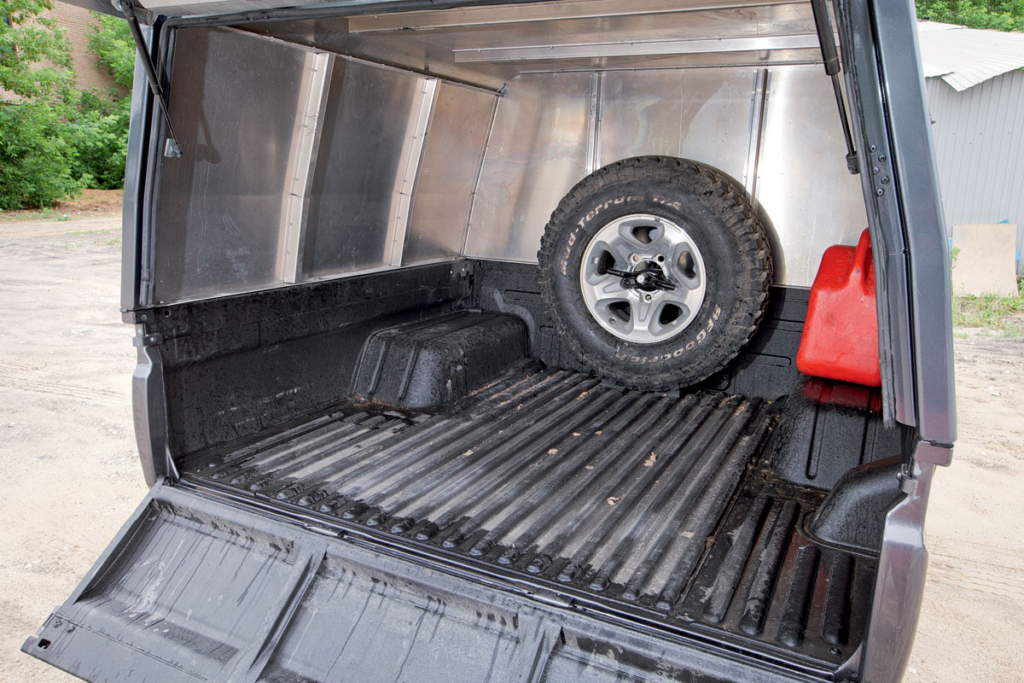
In conversation with me, the men didn’t delve into the details of the incident, but fervently cursed the traffic cops who had already visited the crash site. They said they couldn’t process the accident because, according to all maps, this was not a road but water—seek help from the emergency services! The naive owner of the Oka lamented that he could never afford a new car again, while the Cruiser’s owner was trying to come to terms with the idea that he probably wouldn’t receive insurance for his collectible off-roader. It was both funny and sad…
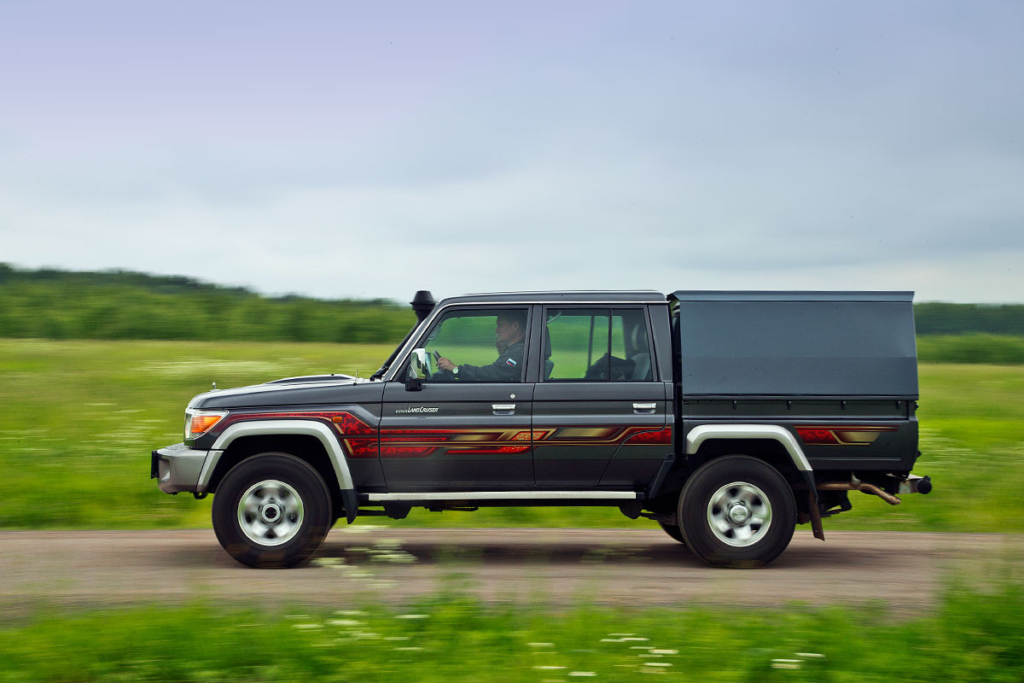
But the ’70’ will live on for a long time yet. As a famous movie heroine once said, “Life begins at 40.” And thanks to “gray” dealers, such Toyotas can even be purchased here. Of course, the prices are eye-watering (from 6 to 10 million rubles!), but it’s all about exclusivity.
Photo: Dmitry Piterskiy | Toyota Company
This is a translation. You can read the original article here: Винтаж: новый старый пикап Toyota Land Cruiser 70

Published October 24, 2024 • 10m to read

